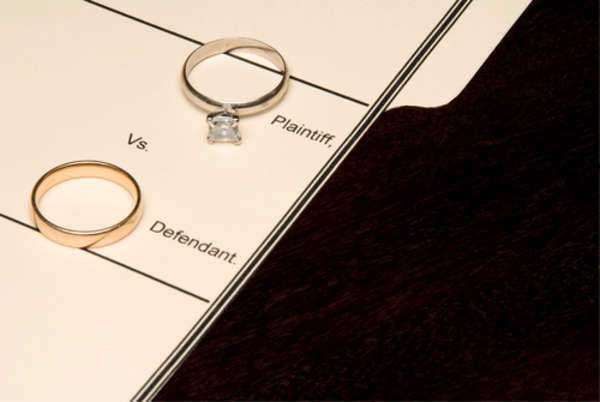
A Summary of Minnesota Divorce Laws
Under Minnesota law, a marriage divorce is called a Dissolution of Marriage. In order to get divorced in the state of Minnesota, one of the two spouses must have resided in Minnesota for a minimum of 180 days before starting the divorce case. Getting a divorce finalized is much more complicated than getting a marriage license, and can take up to several months before a divorce is finalized.
Here is some important information on the Minnesota Divorce Laws
Minnesota Divorce Laws: Grounds for Filing
The petition used for divorce must declare the correct grounds for why the marriage dissolution is happening. The lawful ground will be those that both parties agree on and can prove, or that the filing spouse must prove to the court. The grounds include:
• Irretrievable breakdown in the marriage relationship
• Irretrievable breakdown through living apart and separate for at a minimum 180 days or marital discord adversely affecting the attitude of the one or more spouses towards the legal marriage.
Minnesota Divorce Laws: Involved parties
The filing spouse is given the title of the Petitioner while the non-filing spouse is the respondent. The Petitioner initiates the filing protocol through a domestic relations or family law court. The Respondent does not file the divorce papers, but receives them by service.
The County Clerk's Office’s clerk or clerk’s assistance are the individuals taking care of the divorce paperwork with the court. This office keeps the parties along with lawyers informed through the entire process in regards to any additional documentation or paperwork that is needed, other requirements, and hearing times and dates.
Minnesota Divorce Laws: Primary Documents
The two essential documents needed to start and finish a divorce in Minnesota are the
• Petition for Dissolution of Marriage
• Decree of Dissolution of Marriage
There can be anywhere between 10-20 other necessary documents for filing process. Some can include:
• Summons
• Confidential Information Form
• Form 11
• Marital Termination Agreement
• Affidavit of Non-Military Status
• Financial Affidavit
Court Clerk's Title: County Clerk's Office. Either the clerk or possibly the clerk's assistants will be the people managing your paperwork with the court. This office’s just is to keep both parties and their respective lawyers informed throughout the entire divorce process in regards to any potential paperwork that is needed, along with further requirements and hearing dates and times.
Minnesota Divorce Laws: Property Distribution
Minnesota is a state that follows equitable distribution, so the marital property is divided in an equitable way, meaning it is fair as opposed to it is equal. If the parties involved cannot create an agreement, the court determines this through certain factors such as the marriage length, prior marriages, occupation, age, sources of income, vocational skills, needs, liabilities, employability, and chances for future acquisition of any capital investments for both parties.
Minnesota Divorce Laws: Name Change or Name Restoration
In the last decree of legal separation or dissolution in Minnesota, upon request the court can change the name of a party to another name which is then put in the final decree
Minnesota Divorce Laws: Spousal Support
In cases where alimony is assigned, the court looks at it and decides whether it should be temporary or permanent and is also decided on an individual case by case basis.


























